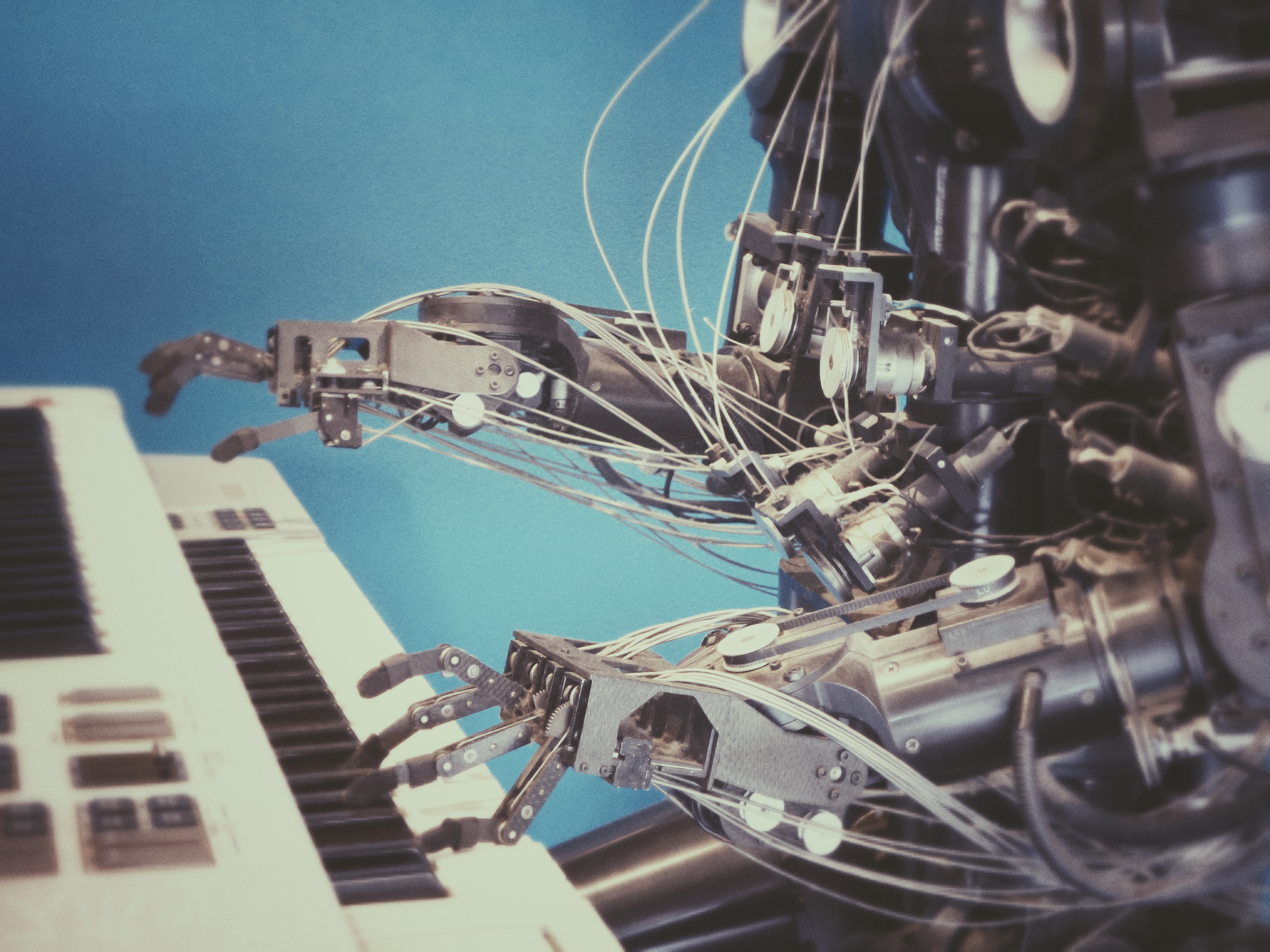
We often hear the terms artificial intelligence, machine learning and deep learning all interchanged. But they are not the same. Both machine learning and deep learning are a part of artificial intelligence, but they are also different from each other.
So, what are these differences and how do they matter in our discussion of artificial intelligence and its future? Here are some key points to remember.
First, it is helpful to describe machine learning, and what it is and is not. While the idea of artificial intelligence started in the mid-1950s with the idea of mimicking the intelligence of humans, general AI was difficult to achieve. Instead, narrow AI tasks limited to specific fields developed. The term machine learning was itself coined in 1959 by Arthur Samuel and was defined as "the ability to learn without being explicitly programmed."
Even this was difficult until recently. Why? Because machine learning depends on a bunch of data input into a model as experience. The machine then performs certain tasks. Based on the data it has and its performance on the tasks, it learns by determining what a successful outcome is. Based on its new experience performing the function, it learns and creates new and better ways to complete them.
Sounds complex? That's because it is hard to come up with a simple definition of machine learning that really explains it, and true machine learning takes a lot of computing power. This is because the data needed to count as experience must include hundreds, if not thousands, of data points. The more data, the more accurate the machine learning becomes.
That being said, there are a few types of machine learning. The first two are supervised and unsupervised learning. What does that mean exactly? Supervised learning is when the program is given a large set of data with correct answers.
For instance, when it comes to recognizing hand-written numbers, the program is fed large quantities of handwritten digits, each with a label identifying the number pictured there. Then is it is given a new set of numbers without tags and uses what it has learned from the known labels to identify images it has not seen before.
This is how you are able to deposit a check into your bank by taking a photo with your phone. The program recognizes the handwritten digits and translates them into known numbers to get the amount of your deposit.
Unsupervised learning, though, simply finds similarities between data. In other words, there are no labels. The idea behind this kind of analysis is to cluster data into groups based on similarity while at the same time compressing the data, so it takes up less digital space but is still useful.
Unsupervised learning is often used to group and organize data before it is given to a supervised learning network. For things like digit recognition, image recognition and other similar tasks, it is used to gather similar data that is then labeled, like the images of the number 1.
The reinforcement type of machine learning is pretty simple in principle. Think of your puppy you are training. If you say the word "sit" and he sits, he gets a treat. Eventually, he learns that if he sits when you tell him to, he gets a treat.
The same is true for a machine. The more often it performs an action with the same result, the more it understands that one action results in a certain outcome.
Deep learning is, at its essence, a part of machine learning, but the most sophisticated portion. There are multiple layers of input and data collection, and all of these layers are combined to determine a result.
For example, think of a self-driving car, even at the level we have now. One layer detects lane boundaries. The other detects road conditions and still another detects other vehicles. Yet another level pays attention to a location on a map and factors in the vehicle's destination.
All of these factors combine to control speed, steering, lane position and changes and turns that are made to maintain the optimal route.
That is a lot of information to essentially say that the primary difference between machine learning is the level of complexity in data input and the computing power needed. Just as machine learning is a part of artificial intelligence, deep learning is a part of machine learning, but it is like machine learning on steroids.
If machine learning has the ability to think like a small child, deep learning takes that ability to an adult level, and it is hoped, at some point, to reach genius level. In this way, they are two of the same thing, one young and inexperienced, and the other a professional.